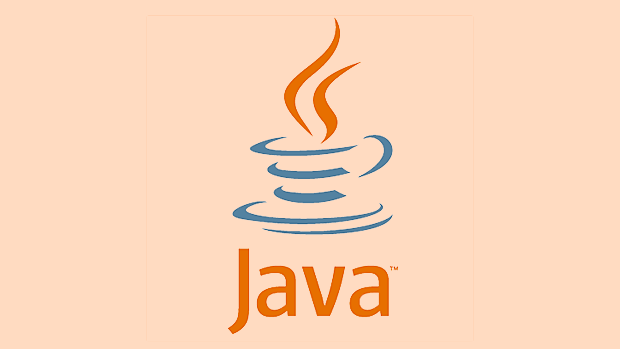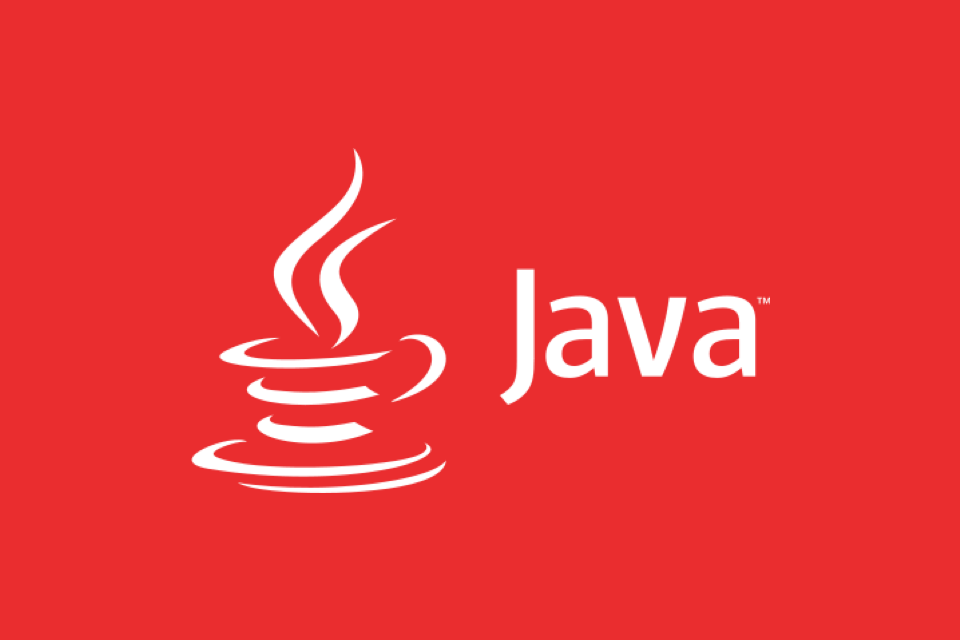 Java
Java
 javaTutorial
javaTutorial
 Building Extensible Applications with the Java Service Provider Interface (SPI)
Building Extensible Applications with the Java Service Provider Interface (SPI)
Building Extensible Applications with the Java Service Provider Interface (SPI)
Java SPI is a built-in service discovery mechanism in JDK, and implements interface-oriented dynamic expansion through ServiceLoader. 1. Define the service interface and create a file with the full name of the interface under META-INF/services/, and write the fully qualified name of the implementation class; 2. Load the implementation class using ServiceLoader.load(), and the JVM will automatically read the configuration and instantiate it; 3. The interface contract should be clarified during design, support priority and conditional loading, and provide default implementation; 4. Application scenarios include multi-payment channel access and plug-in verification; 5. Pay attention to performance, classpath, exception isolation, thread safety and version compatibility; 6. In Java 9, you can use providers ... with ... explicitly declare services to improve security. Correct use of SPI can achieve decoupling and hot-swap expansion, making the system highly scalable.

Java's Service Provider Interface (SPI) mechanism is an important tool for building scalable applications. It allows developers to define interfaces and allows third parties to provide specific implementations without modifying core code. This "plugin" architecture is widely used in database driver loading, log frameworks, serialization libraries and other scenarios. For example, JDBC is a typical SPI use case.

The core idea of SPI is: interface-oriented programming, and dynamic discovery implementation at runtime . Through this mechanism, applications can automatically load implementation classes that comply with conventions during startup or operation, thereby enabling flexible expansion of functions.
What is Java SPI?
Java SPI is a built-in service discovery mechanism in JDK, located in java.util.ServiceLoader class. Its basic workflow is as follows:

- Define an interface or abstract class (service).
- Create a file with the full name of the interface under
META-INF/services/directory. - The file content is the fully qualified name of one or more implementation classes of the interface, one per line.
- Load these implementations using
ServiceLoader.
For example, define a log service interface:
public interface Logger {
void log(String message);
} Then create the file META-INF/services/com.example.Logger with the content:

com.example.impl.ConsoleLogger com.example.impl.FileLogger
Use in the code:
ServiceLoader<Logger> loaders = ServiceLoader.load(Logger.class);
for (Logger logger : loaders) {
logger.log("Hello, SPI!");
}The JVM automatically reads the configuration file and instantiates all listed implementation classes.
How to design scalable applications?
The key to using SPI to build a scalable system is to decouple core logic and specific implementations . Here are a few practical design suggestions:
1. Clarify the service contract (interface design)
The interface should be universal enough to avoid exposing specific implementation details. Consider adding configuration parameters or context objects to enhance flexibility.
public interface DataSerializer {
byte[] serialize(Object obj);
<T> T deserialize(byte[] data, Class<T> type);
}2. Support priority and conditional loading
ServiceLoader loads all implementations in configuration order by default. If you need to select the optimal implementation, you can introduce weight or capability detection mechanisms:
public interface DataSerializer {
int getPriority(); // Use boolean supports(Class<?> type); // Does a certain type be supported}Then filter on loading:
DataSerializer selected = ServiceLoader.load(DataSerializer.class)
.stream()
.map(Provider::get)
.filter(s -> s.supports(MyData.class))
.max(Comparator.comparingInt(DataSerializer::getPriority))
.orElseThrow(() -> new IllegalStateException("No serializer found"));3. Allow default implementations and optional extensions
A default implementation (such as DefaultLogger ) can be provided in the core module, while allowing external overrides or appends. This ensures that the system can run normally even without a third party implementation.
Examples of practical application scenarios
Scenario 1: Multi-payment channel access
E-commerce platforms need to connect to payment methods such as WeChat, Alipay, UnionPay, etc. Using SPI can:
- Define
PaymentProcessorinterface - Each channel provides its own
.jarpackage andMETA-INF/servicesconfiguration - The main program calls
ServiceLoaderto obtain all available channels
In this way, adding new payment methods only requires introducing new jars without changing the main logic.
Scenario 2: Plug-in data verification device
The system needs to perform multiple verifications on user input (mobile phone number, email address, ID card, etc.). Each verification rule is implemented as an SPI:
public interface Validator {
boolean validate(String input);
String getType(); // For example, "email", "phone"
}All verifiers are loaded dynamically at runtime and called on demand.
Notes and best practices
Although SPI is simple and easy to use, there are some things to note:
Performance issues :
ServiceLoaderis lazy loading and the first call may be slightly slower. If there are many implementation classes or high construction costs, it is recommended to cache the results.Classpath dependency : You must ensure that
META-INF/servicesfile is packaged into the jar and that the path is correct. Maven is easily missed in multi-module projects.Exception handling : A certain implementation throws an exception should not affect other implementations. Try-catch should be added during traversal:
for (Logger logger : loaders) { try { logger.log("message"); } catch (Exception e) { // Record error but continue} }Thread Safety : Ensure that implementation classes are thread-safe, especially when shared by multiple places.
Version compatibility : Be careful when changing interfaces to avoid damaging existing implementations.
Advanced: Combined with module system (Java 9)
In a modular project, you can use provides ... with ... syntax to explicitly declare the service implementation:
// module-info.java
module com.example.logger {
provide com.example.Logger with com.example.impl.ConsoleLogger;
}This is safer than pure configuration files, and service bindings can be checked during compilation.
Basically that's it. SPI is not complicated, but it can make the system very flexible if used properly. The key is to design the interface well, make clear agreements, and cooperate with a reasonable loading strategy to easily achieve "hot-swap" function expansion.
The above is the detailed content of Building Extensible Applications with the Java Service Provider Interface (SPI). For more information, please follow other related articles on the PHP Chinese website!

Hot AI Tools

Undress AI Tool
Undress images for free

Undresser.AI Undress
AI-powered app for creating realistic nude photos

AI Clothes Remover
Online AI tool for removing clothes from photos.

ArtGPT
AI image generator for creative art from text prompts.

Stock Market GPT
AI powered investment research for smarter decisions

Hot Article

Hot Tools

Notepad++7.3.1
Easy-to-use and free code editor

SublimeText3 Chinese version
Chinese version, very easy to use

Zend Studio 13.0.1
Powerful PHP integrated development environment

Dreamweaver CS6
Visual web development tools

SublimeText3 Mac version
God-level code editing software (SublimeText3)
 How to add a JAR file to the classpath in Java?
Sep 21, 2025 am 05:09 AM
How to add a JAR file to the classpath in Java?
Sep 21, 2025 am 05:09 AM
Use the -cp parameter to add the JAR to the classpath, so that the JVM can load its internal classes and resources, such as java-cplibrary.jarcom.example.Main, which supports multiple JARs separated by semicolons or colons, and can also be configured through CLASSPATH environment variables or MANIFEST.MF.
 How to create a file in Java
Sep 21, 2025 am 03:54 AM
How to create a file in Java
Sep 21, 2025 am 03:54 AM
UseFile.createNewFile()tocreateafileonlyifitdoesn’texist,avoidingoverwriting;2.PreferFiles.createFile()fromNIO.2formodern,safefilecreationthatfailsifthefileexists;3.UseFileWriterorPrintWriterwhencreatingandimmediatelywritingcontent,withFileWriterover
 How to implement an interface in Java?
Sep 18, 2025 am 05:31 AM
How to implement an interface in Java?
Sep 18, 2025 am 05:31 AM
Use the implements keyword to implement the interface. The class needs to provide specific implementations of all methods in the interface. It supports multiple interfaces and is separated by commas to ensure that the methods are public. The default and static methods after Java 8 do not need to be rewrite.
 Building Extensible Applications with the Java Service Provider Interface (SPI)
Sep 21, 2025 am 03:50 AM
Building Extensible Applications with the Java Service Provider Interface (SPI)
Sep 21, 2025 am 03:50 AM
JavaSPI is a built-in service discovery mechanism in JDK, and implements interface-oriented dynamic expansion through ServiceLoader. 1. Define the service interface and create a file with the full name of the interface under META-INF/services/, and write the fully qualified name of the implementation class; 2. Use ServiceLoader.load() to load the implementation class, and the JVM will automatically read the configuration and instantiate it; 3. The interface contract should be clarified during design, support priority and conditional loading, and provide default implementation; 4. Application scenarios include multi-payment channel access and plug-in verification; 5. Pay attention to performance, classpath, exception isolation, thread safety and version compatibility; 6. In Java9, provide can be used in combination with module systems.
 A deep understanding of HTTP persistent connections: policies and practices for sending multiple requests on the same socket
Sep 21, 2025 pm 01:51 PM
A deep understanding of HTTP persistent connections: policies and practices for sending multiple requests on the same socket
Sep 21, 2025 pm 01:51 PM
This article explores in-depth the mechanism of sending multiple HTTP requests on the same TCP Socket, namely, HTTP persistent connection (Keep-Alive). The article clarifies the difference between HTTP/1.x and HTTP/2 protocols, emphasizes the importance of server-side support for persistent connections, and how to correctly handle Connection: close response headers. By analyzing common errors and providing best practices, we aim to help developers build efficient and robust HTTP clients.
 Understanding Java Generics and Wildcards
Sep 20, 2025 am 01:58 AM
Understanding Java Generics and Wildcards
Sep 20, 2025 am 01:58 AM
Javagenericsprovidecompile-timetypesafetyandeliminatecastingbyallowingtypeparametersonclasses,interfaces,andmethods;wildcards(?,?extendsType,?superType)handleunknowntypeswithflexibility.1.UseunboundedwildcardwhentypeisirrelevantandonlyreadingasObject
 Java Tutorial: How to Flatten a Nested ArrayList and Fill its Elements into an Array
Sep 18, 2025 am 07:24 AM
Java Tutorial: How to Flatten a Nested ArrayList and Fill its Elements into an Array
Sep 18, 2025 am 07:24 AM
This tutorial details how to efficiently process nested ArrayLists containing other ArrayLists in Java and merge all its internal elements into a single array. The article will provide two core solutions through the flatMap operation of the Java 8 Stream API: first flattening into a list and then filling the array, and directly creating a new array to meet the needs of different scenarios.
 How to read a properties file in Java?
Sep 16, 2025 am 05:01 AM
How to read a properties file in Java?
Sep 16, 2025 am 05:01 AM
Use the Properties class to read Java configuration files easily. 1. Put config.properties into the resource directory, load it through getClassLoader().getResourceAsStream() and call the load() method to read the database configuration. 2. If the file is in an external path, use FileInputStream to load it. 3. Use getProperty(key,defaultValue) to handle missing keys and provide default values to ensure exception handling and input verification.






